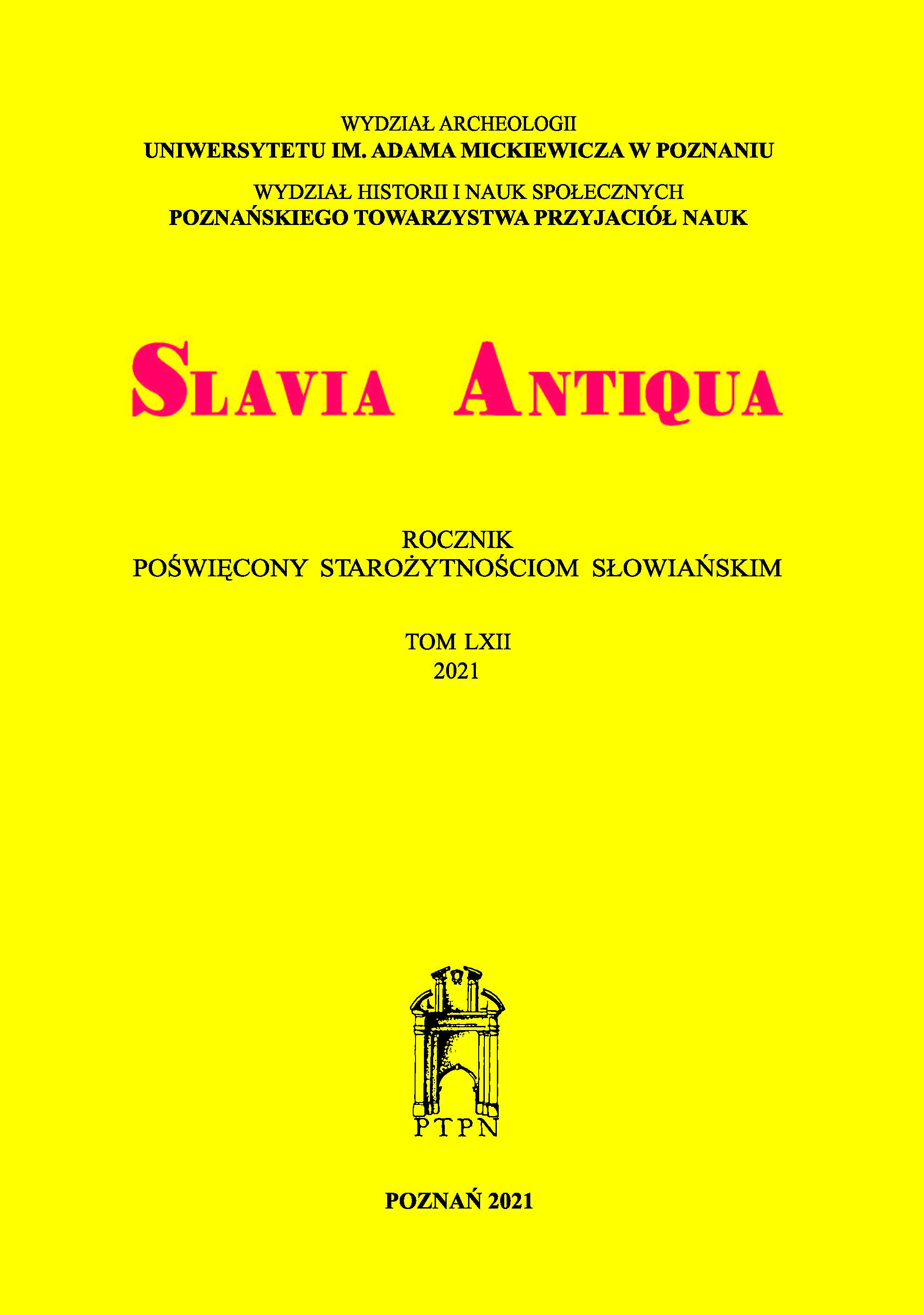ANTROPOLOGIA GROBÓW CIAŁOPALNYCH CMENTARZYSKA DZIEKANOWICE 22
THE ANTHROPOLOGY OF CREMATION GRAVES IN THE DZIEKANOWICE 22 GRAVE FIELD
Author(s): Anna Wrzesińska, Jacek WrzesińskiSubject(s): Anthropology, Social Sciences, Customs / Folklore, Cultural Anthropology / Ethnology
Published by: Uniwersytet Adama Mickiewicza
Keywords: Ostrów Lednicki; Dziekanowice site 22; early medieval grave field; skeletal graves; cremation graves; anthropological analysis.
Summary/Abstract: The article presents the analyses and descriptions of two graves in the Dziekanowice grave field, site 22 (dated back to the late 10th – the late 13th centuries) located on the eastern coast of lake Lednica, approx. 90 m from the eastern bridge leading to Ostrów Lednicki. The isle hosts a hillfort regarded a seat of the then ruler, the sedes regni principales. Within the gord, in the second half of the 10th century, a complex of residential and sacral buildings was raised: a baptistery, a palas and a church. The burial rite as of the late 10th and the early 11th centuries, which appeared in what is now Poland’s territory, is typically associated with Christianity encroaching the area. The issues under discussion, which are not fully explained, include both the ways in which the dead were buried before skeletal burials were introduced and popularised, the methods used to promote the changes, acceptance thereof, the rate and the prevalence of the new mode of burying the dead. In the course of extended excavations in the Dziekanowice 22 grave field, 1,665 graves have been discovered with preserved bone material, among them two graves where cremated bodies were laid (cremation burial). The graves have been dated back to the early Middle Ages (the time of the grave field’s operation).
Journal: Slavia Antiqua. Rocznik poświęcony starożytnościom słowiańskim
- Issue Year: 62/2021
- Issue No: 1
- Page Range: 171-191
- Page Count: 21
- Language: Polish

